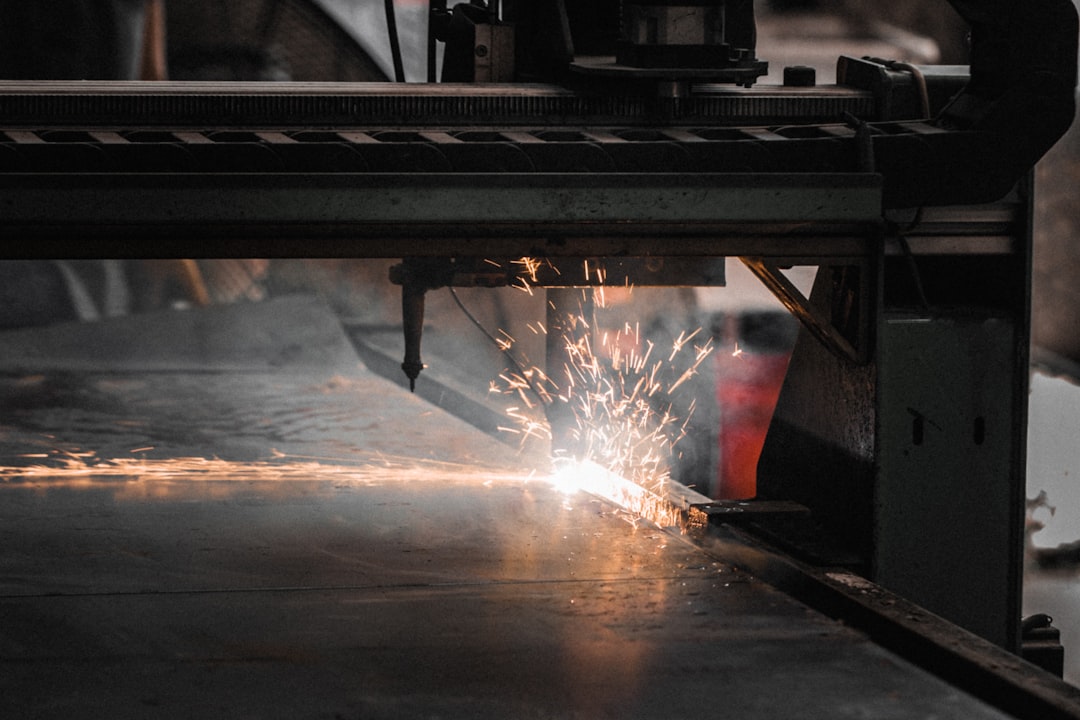body { font-family: sans-serif; line-height: 1.6; }
h1, h2, h3 { color: #333; }
code { background-color: #f0f0f0; padding: 2px 4px; border-radius: 4px; }
The steel industry is a cornerstone of modern infrastructure and manufacturing. To ensure the safety, reliability, and consistent quality of steel products, adherence to standardized testing and specifications is paramount. The American Society for Testing and Materials (ASTM) provides a comprehensive framework for these standards, playing a crucial role in guaranteeing the integrity of steel used in everything from skyscrapers to automobiles.
Understanding ASTM Standards for Steel
ASTM International develops and publishes voluntary consensus standards for materials, products, systems, and services. These standards are widely adopted globally, providing a common language and benchmark for quality assurance. Within the steel industry, ASTM standards cover a vast array of specifications, including chemical composition, mechanical properties (tensile strength, yield strength, elongation, hardness), and testing methods. These standards are crucial for ensuring that steel meets the required performance characteristics for its intended application. Specific ASTM designations, often prefixed with “A” (for ferrous metals), identify particular steel grades and their corresponding properties. For example, A36 steel is a common structural steel grade with its own specific ASTM standard outlining its chemical composition and mechanical properties. Understanding these designations is fundamental for anyone working with or specifying steel.
ASTM Testing Methods: Ensuring Steel Quality
ASTM standards don’t just define the properties of steel; they also prescribe the methods for testing and verifying these properties. These methods are meticulously detailed, ensuring consistency and reproducibility across different laboratories and testing facilities. Common ASTM testing methods for steel include:
- Tensile testing (ASTM E8): Determines the ultimate tensile strength, yield strength, elongation, and reduction in area of a steel specimen.
- Hardness testing (ASTM E18): Measures the resistance of a material to indentation, providing an indication of its strength and toughness. Various hardness scales are used, such as Rockwell, Brinell, and Vickers.
- Impact testing (ASTM E23): Assesses the ability of a steel to absorb energy upon impact, indicating its toughness and resistance to brittle fracture.
- Chemical analysis (various ASTM standards): Determines the precise chemical composition of steel, ensuring it meets the specified requirements for its grade.
- Bend testing (ASTM A370): Evaluates the ductility and formability of steel.
The accuracy and reliability of these tests are crucial for ensuring that the steel meets the specified ASTM standards. Proper calibration of equipment and adherence to standardized procedures are essential.
The Importance of ASTM Compliance in Construction
In the construction industry, ASTM compliance is not merely a suggestion; it’s a necessity. Using steel that doesn’t meet the relevant ASTM standards can have catastrophic consequences, leading to structural failures, injuries, and even fatalities. Buildings, bridges, and other structures rely on the predictable performance of steel components, and ASTM standards provide the assurance that these components will perform as expected. Building codes often mandate the use of ASTM-compliant steel, and inspectors routinely verify compliance during construction projects. Failure to comply can result in significant delays, costly rework, and legal ramifications.
Certification and Traceability in ASTM Compliance
Demonstrating ASTM compliance often involves obtaining certifications from accredited testing laboratories. These laboratories conduct independent testing to verify that the steel meets the required specifications. Certification provides assurance to customers and regulatory bodies that the steel has been thoroughly tested and meets the relevant standards. Furthermore, robust traceability systems are essential for tracking the steel from its production through its use in a finished product. This involves maintaining detailed records of the testing results, chemical composition, and other relevant information, allowing for the identification and verification of the steel’s properties throughout its lifecycle. This traceability is critical for identifying and rectifying any potential issues that may arise.
Consequences of Non-Compliance with ASTM Standards
Ignoring ASTM standards can lead to a multitude of negative consequences. These include:
- Structural failures: Steel that doesn’t meet the required strength or toughness can lead to structural collapses, posing significant safety risks.
- Product recalls: If non-compliant steel is used in manufactured goods, it can lead to costly product recalls and damage to reputation.
- Legal liabilities: Companies that fail to comply with ASTM standards can face significant legal liabilities and penalties.
- Insurance complications: Insurance companies may refuse coverage if a structure or product fails due to non-compliant steel.
- Reputational damage: Non-compliance can severely damage a company’s reputation and erode customer trust.
Therefore, robust quality control measures and a commitment to ASTM compliance are essential for any organization involved in the steel production and construction industries.
In conclusion, ASTM compliance is not just a technical requirement; it’s a fundamental aspect of ensuring the safety, reliability, and quality of steel products. Adherence to these standards is crucial for maintaining public trust and protecting lives and property. The comprehensive testing methods and certification processes outlined in ASTM standards provide a robust framework for achieving and demonstrating compliance, paving the way for a more secure and reliable built environment.
SEO Tags:
- ASTM steel standards
- Steel quality control
- ASTM compliance in construction
- Steel testing methods
- ASTM certification




